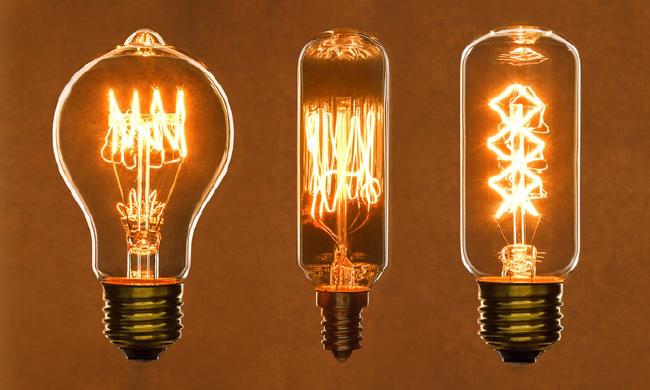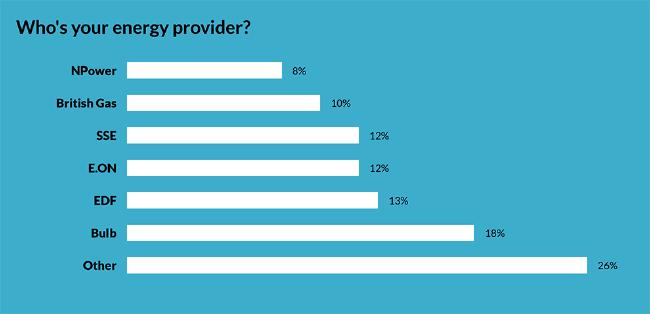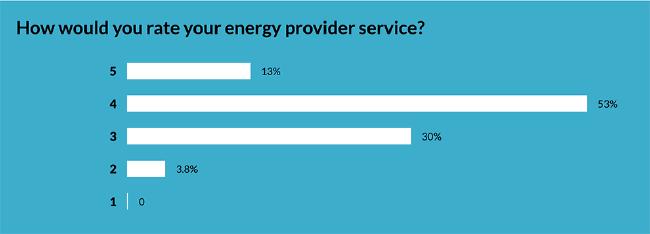Categories
What are the best energy tariffs? - differences explained
5 minute read
Every energy supplier in the UK offers different energy tariffs. Understanding the differences between these can help you to save more money. I’ve created this guide to help explain the differences to you.
What different energy tariffs are there?

There are a surprising number of tariffs available to choose from. Each tariff will have different rates per kWh, which is the unit used to measure energy usage. Below, I’ve provided an overview of the different tariffs that most energy suppliers in the UK support.
-
Variable tariffs
-
Fixed price tariffs
-
Economy 7 tariffs
-
Dual fuel tariffs
-
Prepayment tariffs
-
Green tariffs
Let’s take a look at the differences between these tariffs so that you can figure out which one is best for you.
Variable tariffs
The variable rate tariff is also known as the default tariff, and it’s what most customers will be placed on when first signing up. Unfortunately, it’s usually the most expensive. With a variable tariff, the rates can change at the discretion of your supplier - they do have to inform you, but you have no control of the cost unless you change to a better tariff.
Fixed price tariffs
Fixed price tariffs are special tariffs that have a price rate that the supplier has to stick to, usually for a specific time period. Fixed price tariffs will often have a 12 month period, but sometimes they can last up to three years. Typically, fixed price tariffs are offered to those switching to a supplier for the first time - they are created to entice new people to switch over.
Economy 7 tariffs
An Economy 7 tariff can be cheaper for some customers, but for most it may not be. With an Economy 7 tariff, you pay less per kWh at night time, and more than the average at day time. If you typically use more electric at night time, you could spend a lot less on electricity than you would on a fixed price tariff.
There are some examples where an Economy 7 tariff could be cheaper. For example, if the house is empty during the day, but not at night. Or, if you use electric storage heaters that must be turned on over night for use during the next day. Before switching to an Economy 7 tariff, consider the potential benefits and negative aspects. As the name suggests, an Economy 7 tariff is only cheaper for 7 hours. These 7 hours usually fall somewhere between 10PM and 8AM. The timing can change slightly between provider.
Dual fuel tariffs
A Dual fuel energy tariff is a tariff that places one supplier in control of both your gas and your electric. In many cases, choosing a dual fuel tariff can be more convenient than dealing with two different suppliers. Sometimes, you’ll get cheaper rates for dual fuel tariffs. However, two separate fixed price tariffs can still be the cheapest option. It all depends on whether you’re willing to shop around for the best deals and endure the hassle of two separate points of contact for your energy.
Prepayment tariffs
Prepayment tariffs use a payment card or key that you must top up online or in a store that supports top-ups. Not only do prepayment meters require you to constantly top up your gas and electricity, but they’re typically more expensive than fixed rate energy deals. What’s worse is that it’s very difficult to keep track of your spending with prepayment meters. It’s best to switch to a different tariff as quickly as possible.
This may require you to send an engineer to your home. In some cases there is a fee associated with this, but some suppliers offer it for free. You will need to contact your current supplier to find out. In many cases, this is where loyalty matters. For example, Npower will change your meter for free if you’ve been a customer for more than 12 months. On top of this, many suppliers will change it for free if you’ve just moved into a new home.
Whatever your circumstances, it’s best to get the engineer out whilst on your current supplier and then change your supplier afterwards to avoid the engineer fee. If you are renting a house, your landlord cannot stop you from changing your prepayment meter out for a different one, but you need to notify them before making the change.
Green tariffs
Green tariffs use 100% renewably sourced electricity and some even use 10% renewably sourced gas. Green tariffs are important for those that care about the environment, but they are also cheaper than other tariffs now that renewable energy has become far more affordable to produce in the UK. Some providers, like Bulb and Ecotricity are 100% green and forward thinking when it comes to climate change, which means you can join a company focused on a good cause whilst also saving on your energy bill.
giffgaff survey
We recently surveyed giffgaff employees to learn more about how they interact with their energy suppliers. The results show that most of them go green with Bulb and are happy with their energy providers. In fact, with a 5 point rating system, nobody gave a rating of 1.


Wondering how you can keep happy with your energy supplier like we are? It all starts with making the change to a supplier more suitable to you. giffgaff gameplan offers you a handy tool where you can quickly compare energy suppliers and find out which one is best for you.
The great thing is that if you are unhappy with your supplier, you can change for free. Mostly happy, but wish they were a little better in some ways? You can always change your tariff to one of the tariffs we explained above.
Featured image [Tes Blenspace] (https://www.tes.com/lessons/MCcPYXKnhiIIkQ/light-bulbs)





